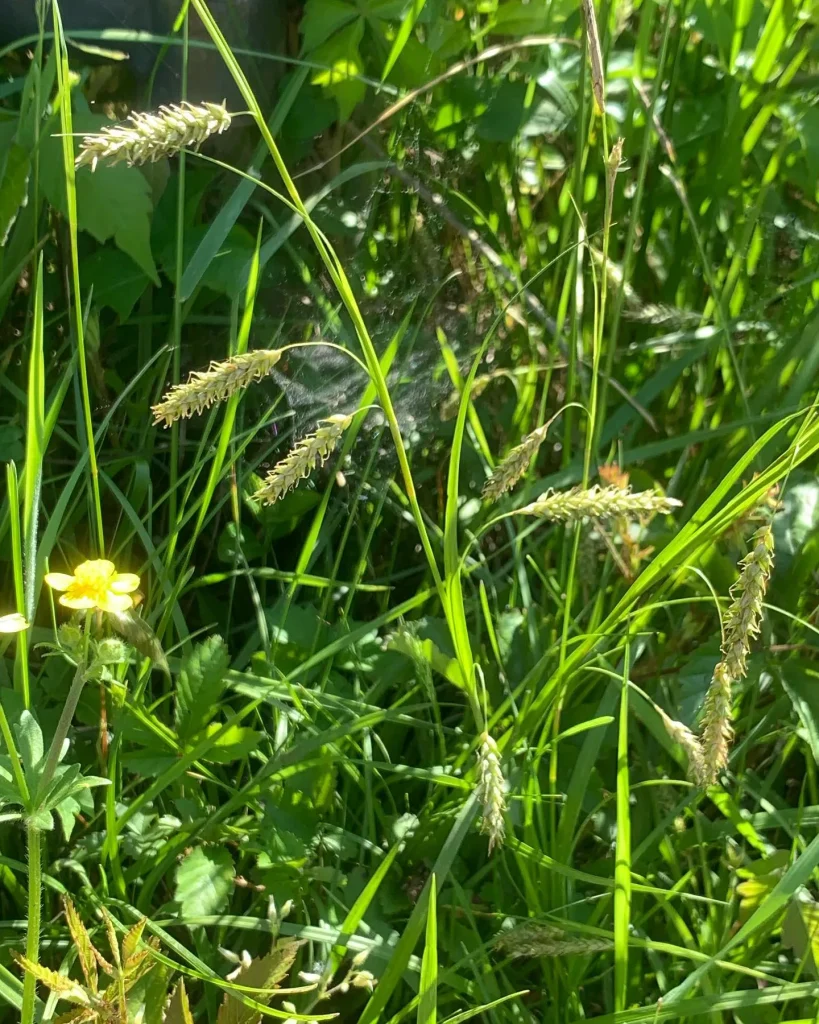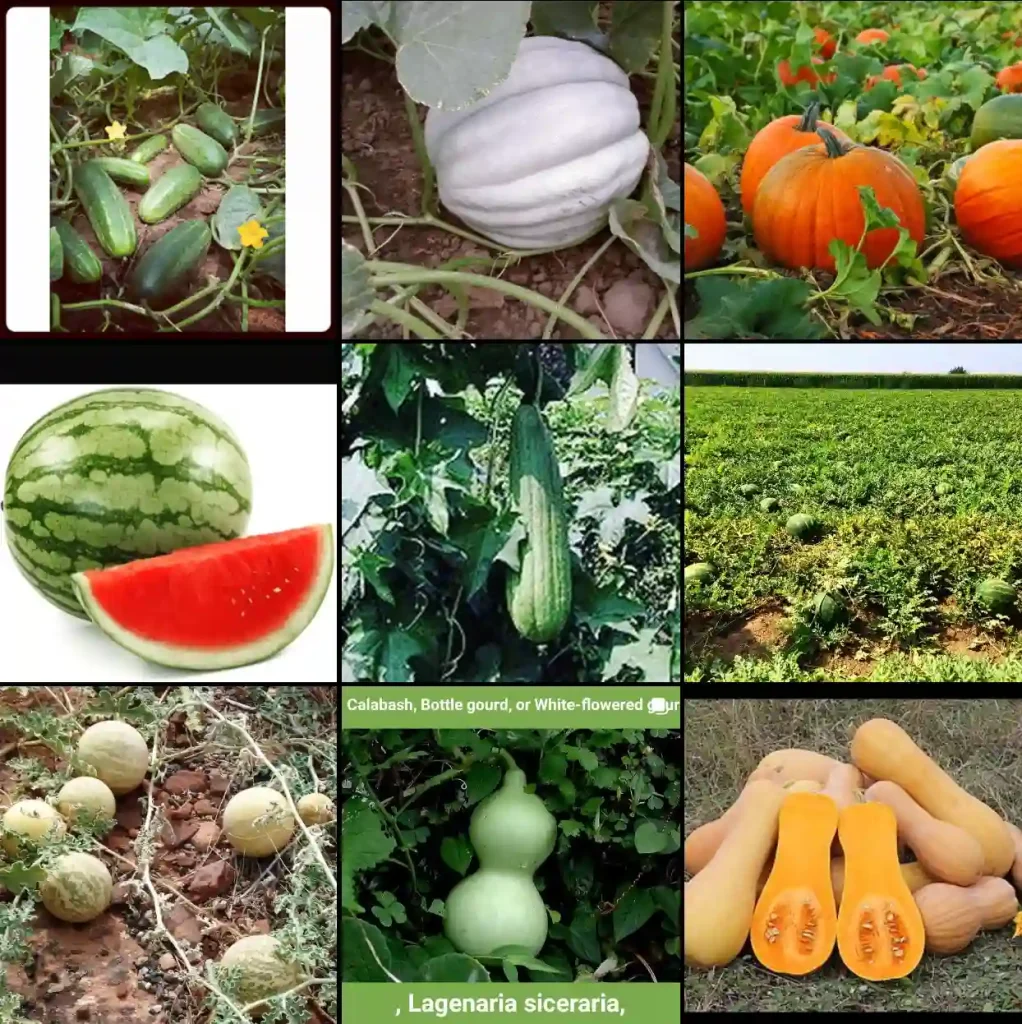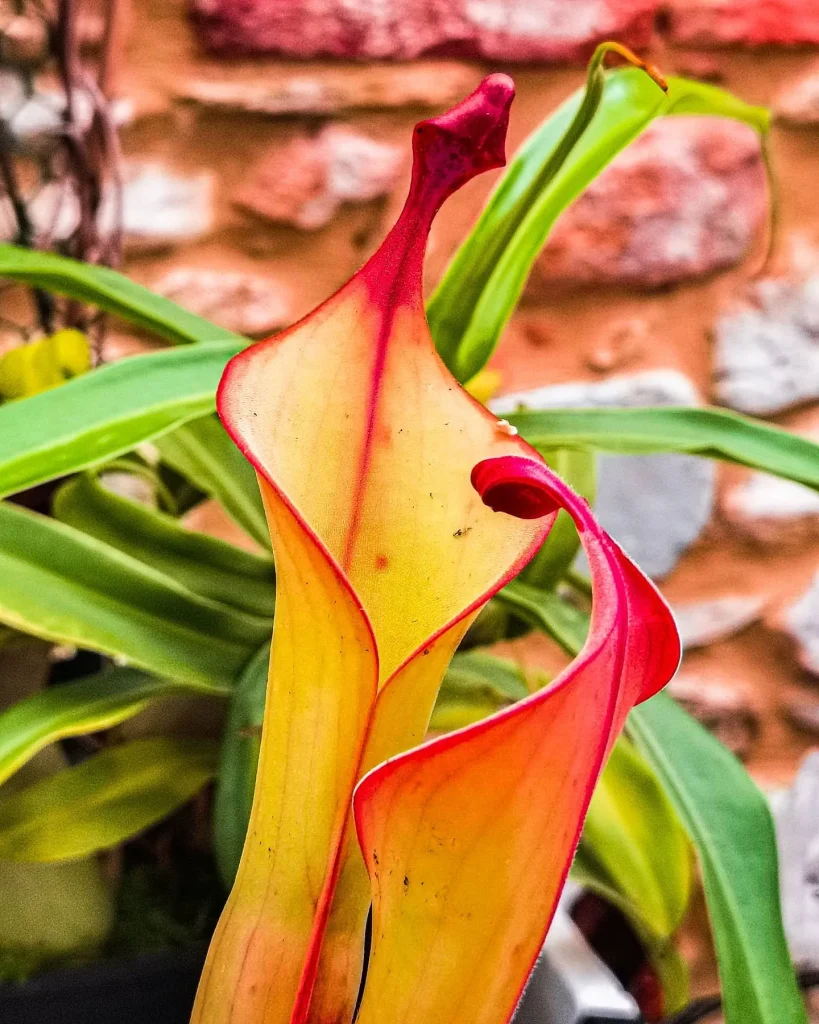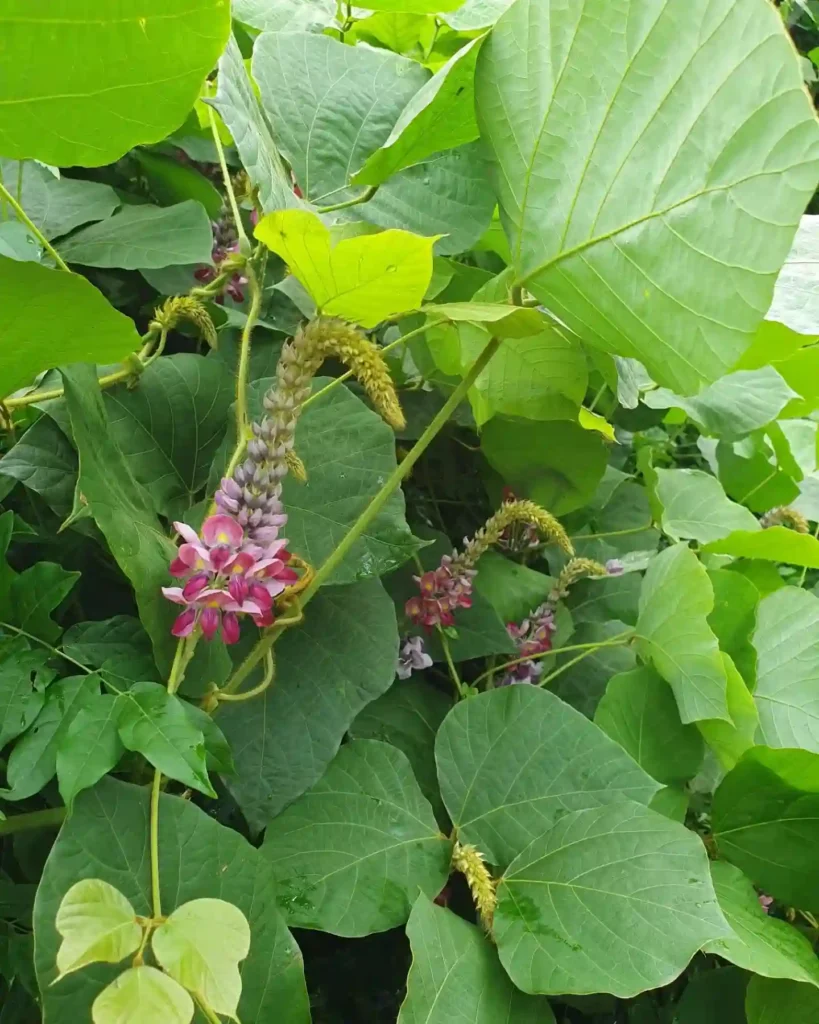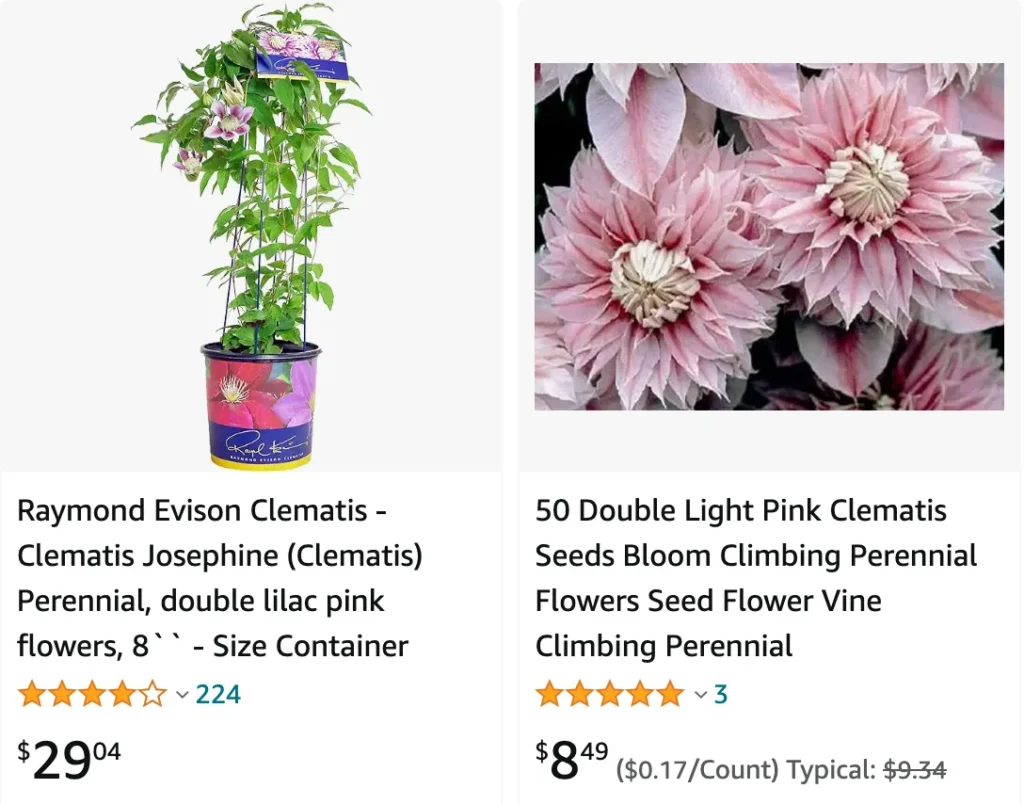
Josephine Clematis vs Diamantis Evipo
When I grew Josephine Clematis, I was struck by its lush, large blooms and how well it covered my trellis, while Diamantis Evipo, though also stunning, seemed to have a more compact growth habit and slightly more vivid color contrast in its flowers.
391 Species in Genus Clematis
How to plant Josephine Clematis?
Here’s a guide on how to plant your Clematis Josephine for success:
Choosing a Location:
- Sunlight: Josephine Clematis thrives in a location with full sun to partial shade. Ideally, it should receive at least 6 hours of direct sunlight daily. The base of the plant, however, can benefit from some afternoon shade provided by other plants or structures.
- Soil: Prefers fertile, well-drained soil with neutral pH. If your soil is heavy clay, amend it with compost or other organic matter to improve drainage.
- Support Structure: Clematis are climbing vines and need a sturdy support structure to grow on. A trellis, fence, obelisk, or other vertical structure works well.
Planting Steps:
- Prepare the Planting Hole: Dig a hole 2-3 times wider than the root ball of your Josephine Clematis and at least twice as deep.
- Amend the Soil: Mix some compost or aged manure into the dug-up soil to improve drainage and fertility.
- Position the Plant: Carefully remove the Clematis from its pot (if container-grown) and gently loosen any pot-bound roots. Place the plant in the hole, ensuring the root crown (the area where the stem meets the roots) is positioned 2-3 inches (5-8 cm) below the surrounding soil level. Planting deeper encourages new shoot growth from the base of the plant.
- Backfill the Hole: Fill the hole with the amended soil mix, tamping it down gently to remove air pockets.
- Water Thoroughly: Water the plant generously to settle the soil around the roots.
Aftercare:
- Watering: Water regularly, especially during the first growing season, to keep the soil consistently moist but not soggy. The frequency will depend on rainfall and weather conditions. Established plants are more drought tolerant but will benefit from occasional watering during dry periods.
- Mulching: Apply a layer of mulch (2-3 inches thick) around the base of the plant to retain moisture, regulate soil temperature, and suppress weeds. Keep mulch a few inches away from the stems to prevent rot.
- Fertilizing: You can fertilize your Josephine Clematis once a year in early spring with a balanced fertilizer. Avoid over-fertilizing.
- Pruning: Clematis are typically pruned in late winter or early spring before new growth appears. Josephine Clematis is classified as an Early Large-Flowered Clematis (Group 2). Here’s a specific pruning approach for this group:
- In the first year after planting, prune all stems back to a strong pair of buds just above ground level. This encourages bushier growth in the following years.
- In subsequent years, prune established Clematis by cutting back the previous year’s growth by about half its length.
Additional Tips:
- Keep the base of the plant cool: Planting alongside low-growing groundcovers or adding pebbles around the base can help keep the roots cool and moist.
- Deadheading: Removing spent flowers throughout the blooming season can encourage additional blooms.
What group is Clematis Josephine?
From what I understand, Clematis Josephine belongs to Group 2. This means it produces large, showy flowers on both old and new wood, so the timing of pruning is crucial to ensure a good display of blooms. I found this out while researching how to care for it properly, and knowing its group helped me understand its blooming pattern and pruning needs better.
Where to buy Clematis Josephine?
Finding where to buy Clematis Josephine wasn’t too hard. I checked a few local nurseries first, but I also found some reputable online garden centers that carried it. I ended up ordering mine from an online store that specialized in rare and unique clematis varieties. It was convenient because they provided detailed planting and care instructions, which was really helpful.
Can I grow Josephine Clematis vine in California?
Growing Josephine Clematis in California has been a delight! The climate here is generally favorable, with plenty of sunshine and mild winters, which is perfect for this plant. I made sure to provide some afternoon shade and kept the soil consistently moist but well-drained. Watching it thrive and bloom in my garden has been incredibly satisfying.
How to prune Josephine Clematis?
Pruning my Josephine Clematis was a bit daunting at first, but I learned that it’s essential for keeping it healthy and blooming beautifully. Since it’s a Group 2 clematis, I prune it lightly in early spring, removing any dead or weak stems and cutting back to a pair of healthy buds. After the first flush of flowers, I do a light trim to encourage more blooms later in the season.
How to winterize a Josephine Clematis?
Winterizing my Josephine Clematis involved a few simple steps to protect it from cold weather. I mulched around the base with a thick layer of organic mulch to insulate the roots and keep the soil from freezing. I also made sure to tie up any loose stems to prevent wind damage and checked that the plant was well-watered before the ground froze. This preparation helped it come back strong in the spring.
When do I prune Clematis Josephine?
I prune my Clematis Josephine twice a year. The first pruning happens in early spring, where I cut back to the first pair of healthy buds, just as new growth is starting. This encourages strong growth and a good first flush of blooms. Then, after the first flowering period, I do a lighter pruning to shape the plant and promote a second round of blooms. This routine has kept my clematis vigorous and floriferous.
If i die, water my plants!
